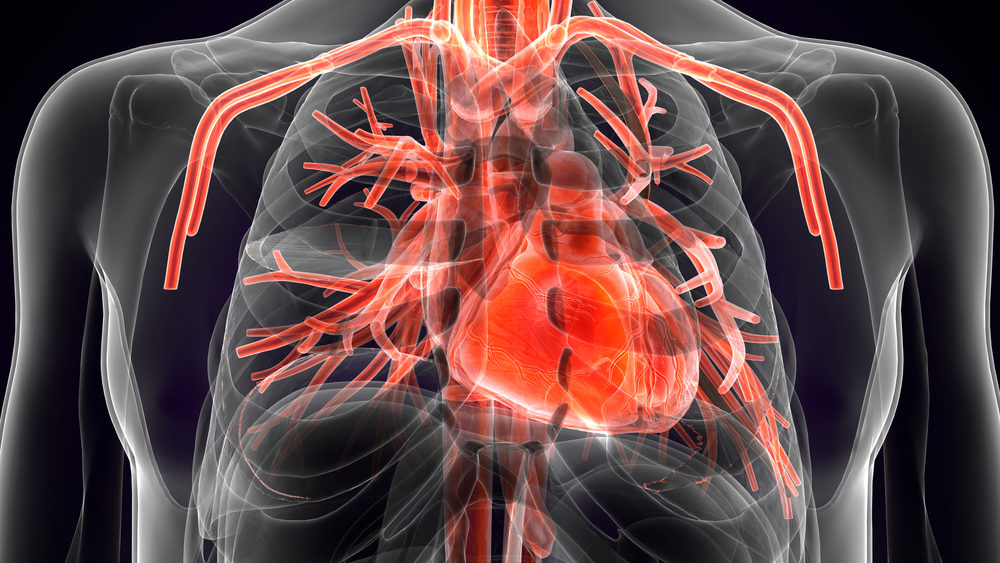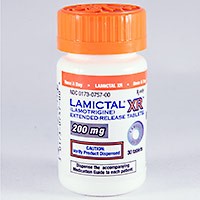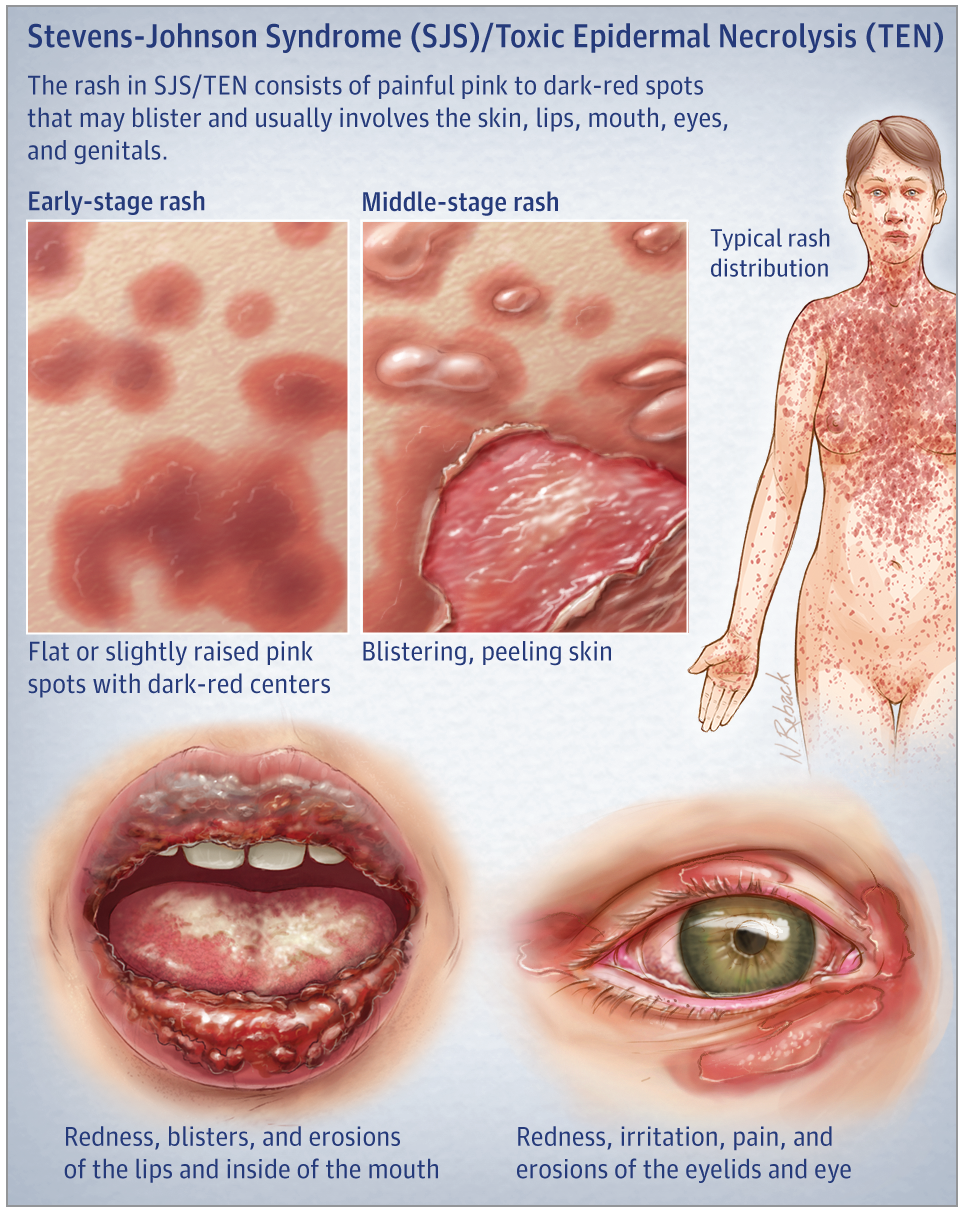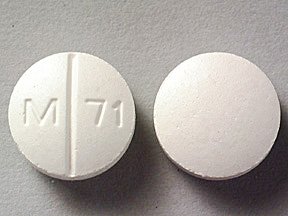When 17-year-old Jenny Olenick went to the dentist for an outpatient wisdom tooth extraction, her family never could have imagined that she would not survive the routine procedure.
During the surgery, Olenick’s heart rate dropped to 40 beats per minute and she suffered oxygen loss as a result. The teen had no pulse by the time emergency medical technicians arrived at the dental office in Columbia, Maryland, on March 28,2011. She suffered brain damage and died ten days later.
The Olenick family has filed a lawsuit in Howard County Circuit Court, following an investigation into Jenny’s death by the state’s Chief Medical Examiner. The investigation found that the central cause of death was hypoxia, a deprivation of oxygen, which occurred while Jenny was anesthetized during the procedure. The dental malpractice lawsuit alleges that Olenick died due to the negligence of Dr. Krista Michelle Isaacs, the anesthesiologist, and Dr. Domenick Coletti, the oral surgeon.
Wisdom Teeth Surgery: Unnecessary danger?
A 2007 report in the American Journal of Public Health stated that of those who have undergone wisdom tooth (also called third molar) extraction, over 11,000 suffer permanent nerve damage causing numbness of the tongue, lips or cheeks. Other serious side effects can include:
- Jaw and tooth fractures
- Brain tissue infections
- Life threatening bleeding and hypoxia
Additionally, more than 11 million patients report over a week of “standard discomfort or disability”—pain, swelling, bruising and malaise.
“Third-molar surgery is a multibillion-dollar industry that generates significant income for the dental profession,” Jay Friedman, a retired California dentist, wrote in the 2007 report. “It is driven by misinformation and myths that have been exposed before but that continue to be promulgated by the profession.”
In the United States, 10 million wisdom teeth are extracted from approximately 5 million people each year. The annual cost is more than $3 billion. Friedman stated that “at least two thirds of these extractions, associated costs, and injuries are unnecessary, constituting a silent epidemic of iatrogenic injury that afflicts tens of thousands of people with lifelong discomfort and disability.”
Contact Us
If you or a loved one has been a victim of medical malpractice, you may want to contact our medical malpractice lawyers at Childers, Schlueter & Smith, LLC to see how they can help protect your legal interests. Our experienced attorneys can help answer any questions you may have and the initial consultation is always free.
Other Medical Malpractice News
A study has found that survivors of Stevens-Johnson syndrome (SJS) have a higher risk of cardiovascular problems, specifically cerebrovascular accidents and ischemic heart disease, compared to the general population.
Medical negligence may contribute to Stevens-Johnson Syndrome (SJS) or Toxic Epidermal Necrolysis (TEN). Learn how drug errors, misdiagnosis, or lack of warnings could support a legal claim.
Lamictal has been linked to Stevens-Johnson Syndrome (SJS), a life-threatening skin reaction. Learn how improper prescribing or dosing may lead to serious injuries and legal action.
If you've been diagnosed with Stevens-Johnson Syndrome or Toxic Epidermal Necrolysis, it’s critical to act quickly and consult an experienced attorney to protect your legal rights and potential claim.
Allopurinol, a common gout medication, has been linked to Stevens-Johnson Syndrome—a rare but serious skin reaction that may require hospitalization and lead to long-term complications.







